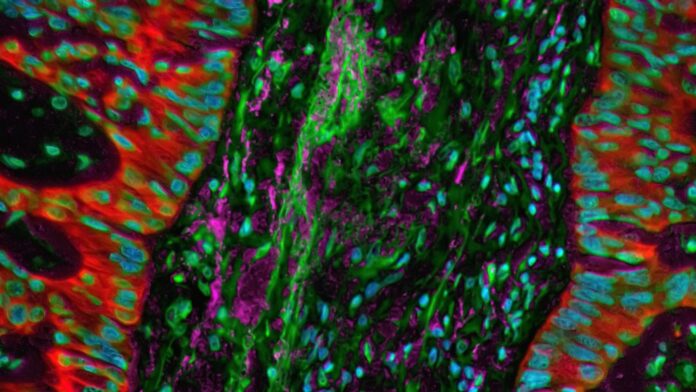
Lung cancer is one of the most prevalent and deadliest forms of cancer worldwide. It accounts for nearly 25% of all cancer deaths, making it the leading cause of cancer-related mortality. However, in recent years, there has been a glimmer of hope as lung cancer survival rates have been on the rise. Breakthroughs in treatment options, early detection methods, and advancements in research have all contributed to this positive trend, giving hope to those affected by this devastating disease.
According to the American Cancer Society, the overall 5-year survival rate for lung cancer is around 20%, meaning that only 1 in 5 people diagnosed with lung cancer will live for at least 5 years after their diagnosis. However, this statistic varies significantly depending on the stage at which the cancer is diagnosed. For example, the 5-year survival rate for localized lung cancer (cancer that has not spread beyond the lungs) is 59%, while the rate drops to 31% for regional stage cancer (cancer that has spread to nearby lymph nodes or organs) and plummets to just 5% for distant stage cancer (cancer that has spread to distant organs).
While these numbers may be disheartening, the good news is that lung cancer survival rates have been steadily improving in recent years, thanks to a combination of early detection, personalized treatment options, and innovative research.
One of the most significant factors contributing to the rise in lung cancer survival rates is the development of targeted therapies and immunotherapy. These treatments are tailored to the specific genetic alterations or mutations present in an individual’s tumor, allowing for more precise and effective treatment. Targeted therapies work by blocking the growth and spread of cancer cells, while immunotherapy helps the immune system recognize and attack cancer cells. These treatments have shown remarkable success in extending the lives of patients with advanced-stage lung cancer, often when traditional treatments such as chemotherapy have failed.
Additionally, advancements in early detection methods have played a crucial role in improving lung cancer survival rates. Low-dose computed tomography (CT) scans have been shown to be effective in detecting lung cancer at its earliest stages, when it is most treatable. Screening programs for high-risk individuals, such as current or former smokers, have helped identify lung cancer at earlier, more curable stages, leading to improved survival rates.
Furthermore, research into the genetic and molecular basis of lung cancer has led to a better understanding of the disease and the development of innovative treatment options. This has resulted in a shift towards personalized medicine, where treatment is tailored to an individual’s specific tumor characteristics, leading to better outcomes and improved survival rates.
The rise in lung cancer survival rates is also attributed to the increased awareness and adoption of healthy lifestyle choices. Smoking cessation programs, public health campaigns, and anti-smoking initiatives have all contributed to reducing the number of new lung cancer cases. By preventing the onset of the disease, these efforts have played a significant role in improving lung cancer survival rates.
In addition to these advancements, ongoing research and clinical trials continue to pave the way for new and improved treatment options for lung cancer. The development of novel drugs, innovative surgical techniques, and cutting-edge radiation therapies all offer hope for those affected by this devastating disease.
Despite these positive trends, it is important to acknowledge that lung cancer remains a significant public health challenge, and much work remains to be done. The overall 5-year survival rate for lung cancer lags behind that of many other cancers, highlighting the need for continued investment in research, early detection, and treatment options.
As we look towards the future, it is essential to continue to support and advocate for advancements in lung cancer care. This includes increased funding for research, improved access to early detection and screening programs, and the development of more effective and personalized treatment options. By doing so, we can further improve lung cancer survival rates and provide hope for those affected by this disease.
In conclusion, the landscape of lung cancer care is evolving, and the prognosis for those diagnosed with this disease is improving. With advancements in targeted therapies, immunotherapy, early detection methods, and personalized treatment options, lung cancer survival rates are on the rise. While there is still much to be done, these advancements offer hope for those affected by this devastating disease. Continued support for research, early detection, and treatment options is essential in further improving lung cancer survival rates and ultimately breaking the odds for those diagnosed with this disease.












